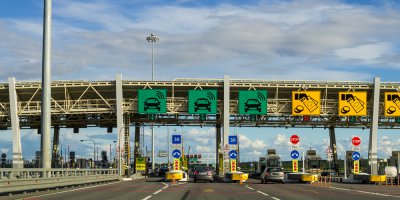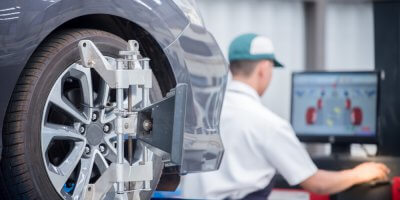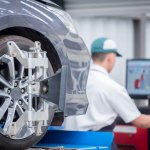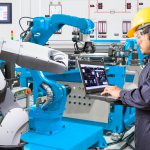
New report says IoT is seeing mass adoption. Source: Shutterstock
Frost & Sullivan says APAC businesses benefiting from IoT
BUSINESS leaders still tend to think of the internet of things (IoT) as something that is yet to come. However, a new report by Frost & Sullivan says that’s not true. IoT has arrived.
According to the analysts group, close to 40 percent of enterprises in Australia, Hong Kong, and Singapore have already embarked on their IoT journey and realized significant gains in their business performance.
When comparing respondents who have adopted IoT to those that have not, Frost & Sullivan found that IoT adopters, in general, realized much better business outcomes across all business metrics than originally expected.
This itself underscores the value and potential that IoT could potentially bring to enterprises.
“Our study shows that enterprises surveyed have experienced improvement in overall business metrics of 12.1 percent after implementing IoT initiatives,” said Frost & Sullivan Director of Cognitive Industries Spike Choo.
In many cases, with the introduction of the “new shiny toy,” there is usually some unrealistic assumption of the value that the new technology can bring, especially among those who have not implemented it.
However, findings of the survey show that in the case of IoT, the returns on IoT investment far exceeded expectations.
Who gained the most from IoT implementations?
According to the study, respondents from logistics, retail, building, energy, and transportation industries reported positive impact of between eight percent and 16 percent on all their business metrics.
IoT helps retailers boost profits and improve CX
In the retail sector, IoT now plays a crucial role and helps businessing track customers around the physical store in a bid to understand their buying behaviour.
Retailers that pursued this line of innovation reported significant gains. Respondents in the retail space with IoT deployments reports 15.8 percent gains in profit margin and 15.4 percent gains in employee productivity.
Further, since retailers are now trying to leverage in-store analytics, seamless check-out and payment processes, and interactive advertising and display in order to improve the customer experience, Frost & Sullivan believes there is a bigger role IoT can play in the sector in the future.
“IoT makes these components more seamless and end-to-end in terms of the overall customer journey. This is critical for the retail sector as e-commerce threatens to displace brick-and-mortar outlets. The ability to bring customers back to the store by providing better in-store experience and seamless online and offline experience is driving IoT adoption in retail.”
IoT could revolutionize the logistics sector
On the other hand, in the logistics sector, resource utilization is one of the most critical metrics, and that’s exactly where IoT has impressed business leaders.
IoT provides fleet operators with track and trace capabilities to optimize the utilisation of their vehicles. The study has shown that the logistics industry achieved the highest gain of 14.8 percent in resource utilization across the five industries surveyed.
In fact, according to the report, IoT could potentially revolutionize the transport industry as it provides fleet operators with the means to change their operating models radically.
“Telematics installed in vehicles enhances business outcomes with predictive maintenance, driver behaviour, vehicle utilisation, route optimisation, and asset utilisation. The insights captured from the vehicles are valuable in supporting the delivery of services and business model.”
This includes the ability to offer utility-based insurance, driver training, and scheduled maintenance, all of which enhances key business outcomes of fleet operators.
In the long run, Frost & Sullivan believes that by leveraging these new sources of data, fleet operators will be able to continuously improve their operations and adapt strategies to drive positive business outcomes.
READ MORE
- Strategies for Democratizing GenAI
- The criticality of endpoint management in cybersecurity and operations
- Ethical AI: The renewed importance of safeguarding data and customer privacy in Generative AI applications
- How Japan balances AI-driven opportunities with cybersecurity needs
- Deploying SASE: Benchmarking your approach






